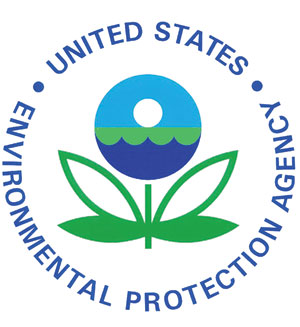EPA asks ocean vessels to reduce emissions

May 11, 2009
The U.S. Environmental Protection Agency submitted a proposal to the International Maritime Organization on March 27 to establish a 230-mile buffer zone where large ships such as oil tankers and cargo ships will face stricter emissions standards. The proposed standards will cut sulfur in fuel by 98 percent, particulate matter emissions by 85 percent and nitrogen oxide emissions by 80 percent from the current global requirements. To achieve these reductions, ships must use fuel with no more than 1,000 parts per million sulfur beginning in 2015 and new ships must use advanced emission control technologies beginning in 2016.
Ocean-going vessels, which are primarily foreign-owned and operated, dock at more than 100 U.S. ports, where more than 40 are in metropolitan areas that fail to meet federal air quality standards. EPA led the U.S. effort to develop the proposal in coordination with federal partners such as the Coast Guard, State Department and the National Oceanic and Atmospheric Administration. Canada joined the U.S. as a co-proposer on the emissions control area proposal. For more information on the proposal visit http://www.epa.gov/otaq/oceanvessels.htm
While ocean going vessels plan for stricter emissions standards, the nation's biggest ferry system operated by Washington State ferry is concerned about the impact on consumers when the new B20 state fleet mandate for all diesel vehicles and vessels takes effect in June. Ferry managers estimate the biodiesel mandate will add $8 million to their fuel cost over the next two years.
Ocean-going vessels, which are primarily foreign-owned and operated, dock at more than 100 U.S. ports, where more than 40 are in metropolitan areas that fail to meet federal air quality standards. EPA led the U.S. effort to develop the proposal in coordination with federal partners such as the Coast Guard, State Department and the National Oceanic and Atmospheric Administration. Canada joined the U.S. as a co-proposer on the emissions control area proposal. For more information on the proposal visit http://www.epa.gov/otaq/oceanvessels.htm
While ocean going vessels plan for stricter emissions standards, the nation's biggest ferry system operated by Washington State ferry is concerned about the impact on consumers when the new B20 state fleet mandate for all diesel vehicles and vessels takes effect in June. Ferry managers estimate the biodiesel mandate will add $8 million to their fuel cost over the next two years.
Advertisement
Advertisement
Advertisement
Advertisement
Upcoming Events





